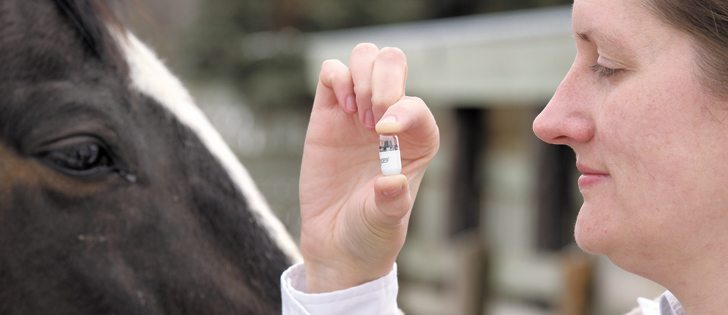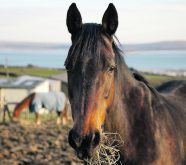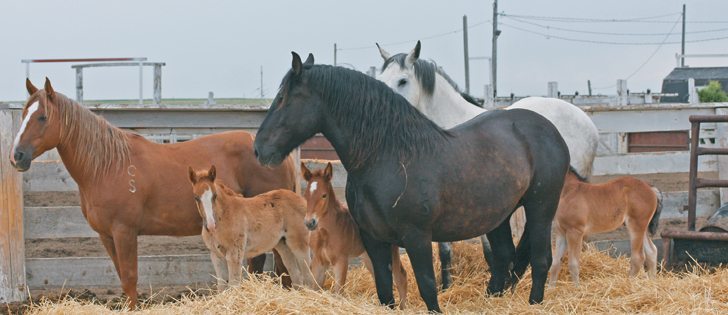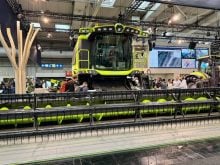The camera in a pill has come to the equine world.
A first in Canada, the endoscopy capsule technology is being tested at the University of Saskatchewan and is a collaborative effort between engineering and veterinary medicine.
The new tool may soon open up a new world of diagnosis inside the horse’s small intestines, which have largely remained elusive to veterinarians and researchers. It could diagnose diseases such as inflammatory bowel disease and cancer or even check surgical sites.
“Whenever I talk to students about the horse abdomen, I put up a picture of a horse and put a big question mark in the middle,” said veterinary researcher Dr. Julia Montgomery from the university’s Western College of Veterinary Medicine.
Read Also
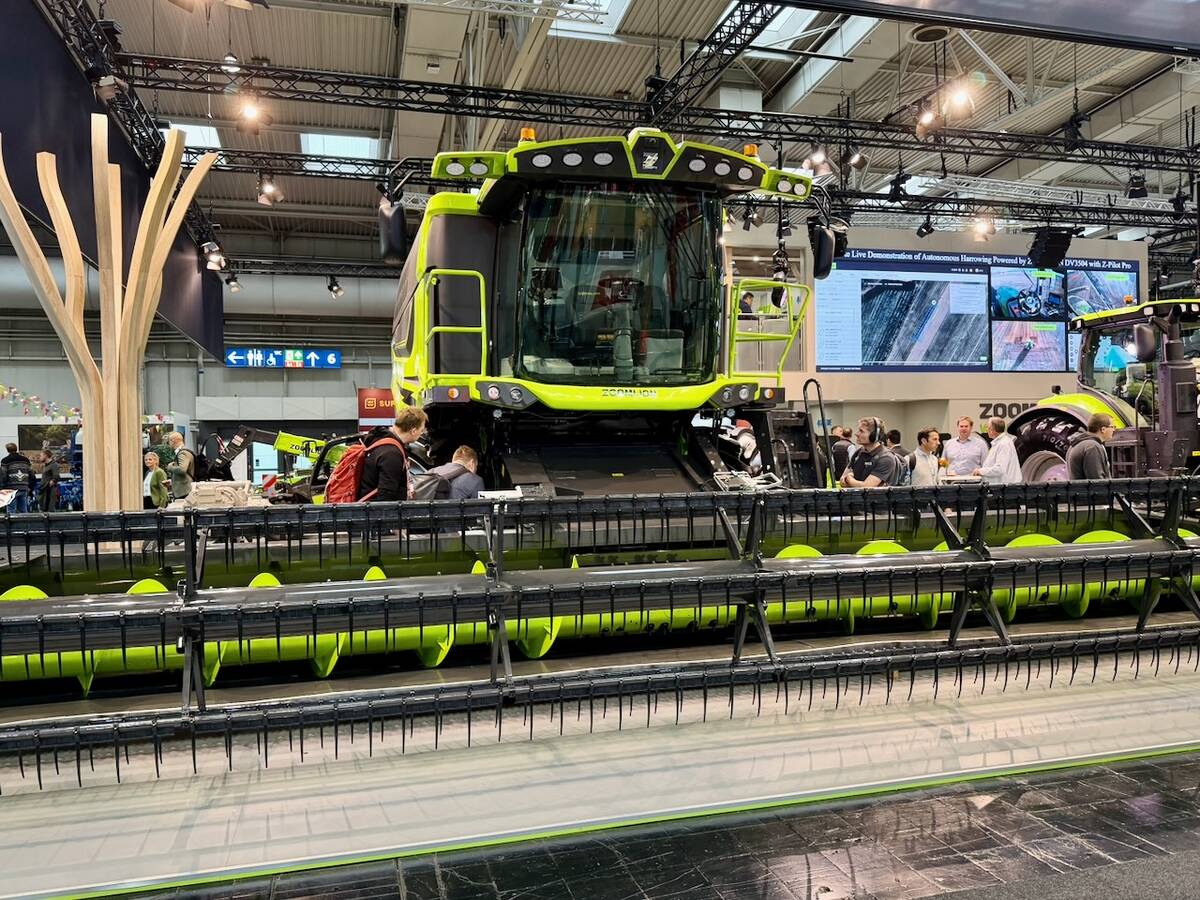
Agritechnica Day 3: Hybrid drive for a combine, data standards keep up to tech change and tractors of the year
Agritechnica 2025 Day 3: Hybrid drive for a combine, data standards keep up to tech change and tractors of the year.
“I thought the camera pill would really help us to be able to get a closer look at that part of the horse’s intestinal tract.”
Montgomery worked with equine surgeon Dr. Joe Bracamonte and Khan Wahid, a specialist in health informatics and imaging in the university’s engineering college.
“The horse was the species I was interested in, so when I heard Dr. Wahid talking about having access to this technology and wanting to try it on other species, I really wanted to try it on a horse,” she said.
The team tested an endoscopy capsule that is commercially available for humans. It’s about the size and shape of a big vitamin pill.
A human can swallow it, but in horses it was administered using a stomach tube through the nose.
A still camera inside the pill electronically sends digital colour images to a receiver attached to a customized belt that wraps around the horse’s rib cage behind the shoulders.
Attached to the belt were eight sensors arranged to pick up signals from the pill as it travelled through the horse and was eventually excreted.
Software allows the single images to be combined into a video clip so researchers could see the intestinal tract moving in peristaltic waves.
“We got a recording of it moving through the entire small intestine, and it was still sending when it got to the cecum. We knew we were in the cecum because basically we were then seeing pictures of hay,” said Montgomery.
“I was very surprised at the image quality. It worked really well. We got about nine hours of recording. Besides a few gaps in the recording, overall we got great images.”
Montgomery said the only other ways to see inside a horse’s intestines are exploratory surgery and laparoscopy, which uses a lighted tube inserted through an incision. However neither allows a view from inside.
Veterinarians can also use an endoscope, but the minute camera on a wire can reach only as far as the horse’s stomach.
The next step for U of S researchers is to test its effectiveness in an unhealthy stomach and intestine.
However, engineering challenges remain for horses because the pill was designed for humans, said Wahid, who has extensive experience with endoscopy capsule technology for humans and has patented algorithms and data compression technology for their improved performance.
“Now we can say for sure that a capsule like this can actually work on a horse. Let’s sit down and make something specifically for vets,” he said.
A horse’s gastric intestinal structure is different than humans, and further improvements could be made with LED lighting and camera positions in relation to sensors, he added.
The researchers are also exploring the possibility of outfitting capsules with sensors to measure things like pH or using other biomarkers to further aid diagnostics.
A larger pill camera designed specifically for a horse could also be designed and built, as could a pill half the size that may someday be used on smaller dogs and cats.


